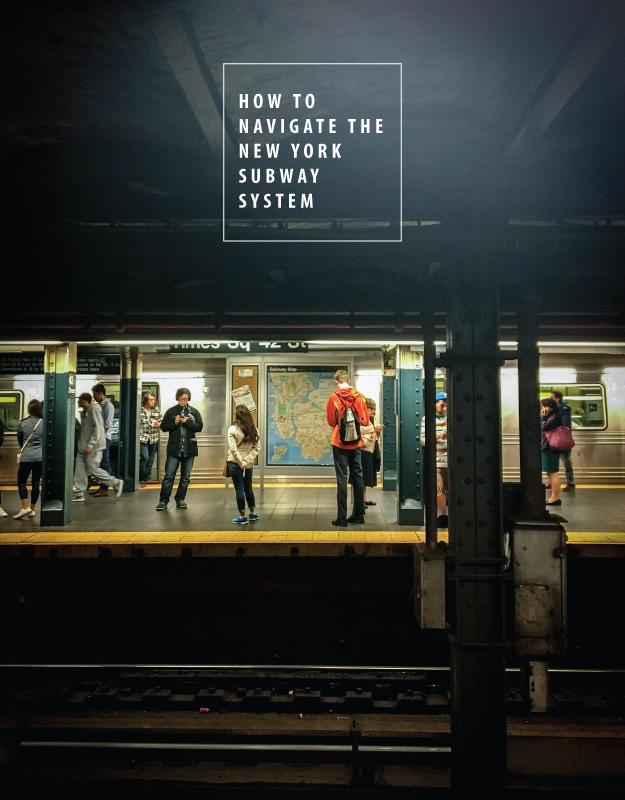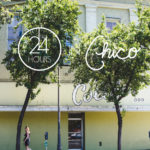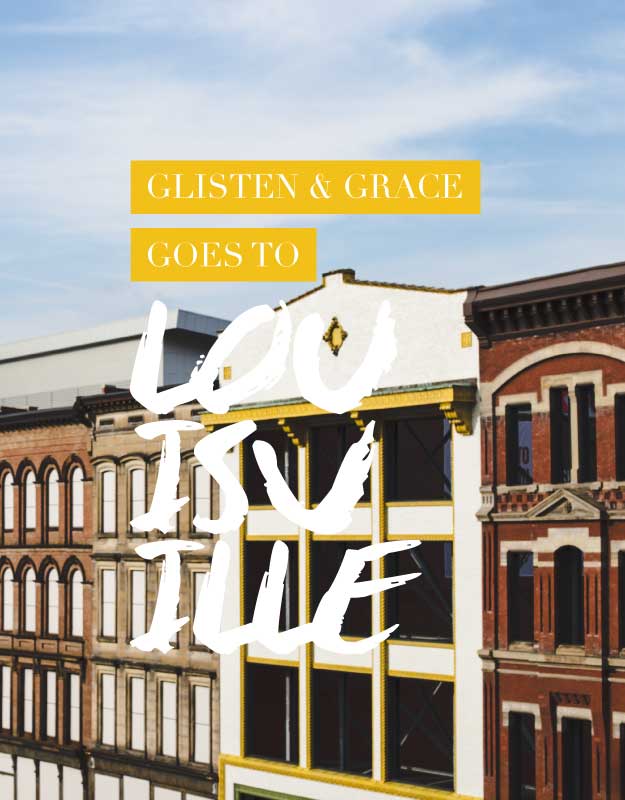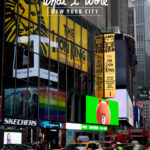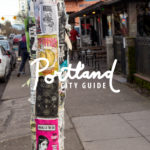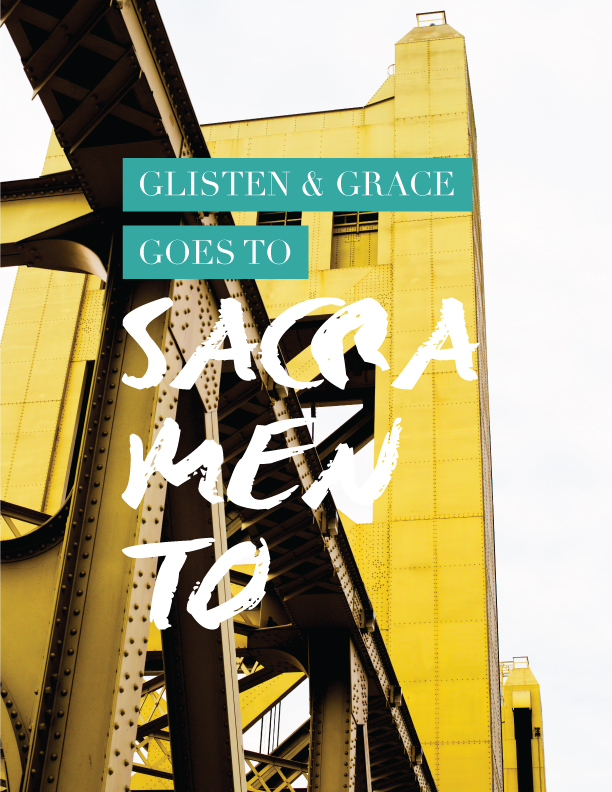Let me begin by stating when I headed to New York I wanted to avoid public transit at all cost. After our first night of walking 5 miles I quickly realized that I was going to need to learn the New York Subway system and fast. I can’t say that I found super helpful resources online, so I wrote this post as a resource and to fill in the gaps.
Keep reading for the full post after the jump!

What kind of pass should I buy?
We were in New York for 6 days and 5 nights. Because of this we opted to purchase an unlimited 7-day pass. At the moment, this pass will cost you $32.00. If you purchase per subway ride you’ll pay $2.75 each way. This means a round trip will cost you $5.50. I knew if we rode the subway 6 times it would pay for itself and then some. As much as we were all over the city, it only made sense to purchase an unlimited pass. If you opt to pay per fare you will need to purchase credit on an MTA pass. These look exactly like the 7-day passes but are loaded with the amount you place on the card. Make sure this balance doesn’t go empty before reloading it as there is a $1.00 service charge every time you add credit to the card.
Navigating the City.
We stayed near Times Square and were in the heart of Midtown Manhattan. Go on ahead and download Google Maps on your phone. This app will serve as a lifeline and will provide you with everything you need to know. (Including rerouting, delays, and pertinent information on the subway system.) Walking throughout the city, you’ll notice entrances to subway platforms marked with two green lights. There will be signage as to the train that catches from that platform and annotation as to the transit station. As you go underground to enter the subway, have your pass ready. Swipe the barcode. You’ll then have an option toward Downtown/Brooklyn and Uptown/Bronx. This is a simple way to navigate North and South quickly. If you aren’t great with remembering directions in North or South, quickly look at your map and look to see if your destination is below or above your current location. (I remembered this by just telling myself Downtown is down, and not thinking about a specific neighborhood.)

Using Google Maps for the Subway
Depending on your destination, there are usually multiple trains that can take you to the same destination. Upon putting your destination into Google Maps, review your options with both route time and when various trains catch. (These will usually have adjustments during rush hour.) Usually you’ll have a bit of walking, booking your subway ride. If the train icons exist inside the > symbol this indicates that any of the listed trains will get you to your destination.
A few helpful tips:
– The New York subway is generally pretty safe. You’ll find a few interesting characters just like anywhere else, but if you’re concerned about getting on the right train, ask a New Yorker. They’re usually pretty kind and know how to point you in the right direction.
– Make sure to load Google Maps before heading underground. Most subway tunnels we found had decent service, but there were other times we found dead zones. I always found it helpful to review the stops, knowing the number of stops and reassuring I was on the correct train.
– Avoid looking lost. Load your walking directions and review them on your subway ride. Also when navigating the city turn on notifications for your walking directions and stick in at least one earbud. This will give you walking directions without having to look at your phone.
– Sometimes your barcode won’t read initially when swiping. Make sure you don’t go to another turnstile. If you do, it will lock your pass. If this happens, go find the nearest MTA officer (there should be one at one entrance to the platform, depending on the side of street) and they will be able to manually resolve the issue with your pass quickly. If not, the pass will reset within 20 minutes giving you the option to go through another turnstile.
– It’s warmer underground and during the summer can be quite hot. Dress in layers to suit your day and traveling both above and below ground.
– Be mindful of the time you’re using the subway. If it’s during rush hour of a morning or evening expect platforms to be crowded and trains to be packed.
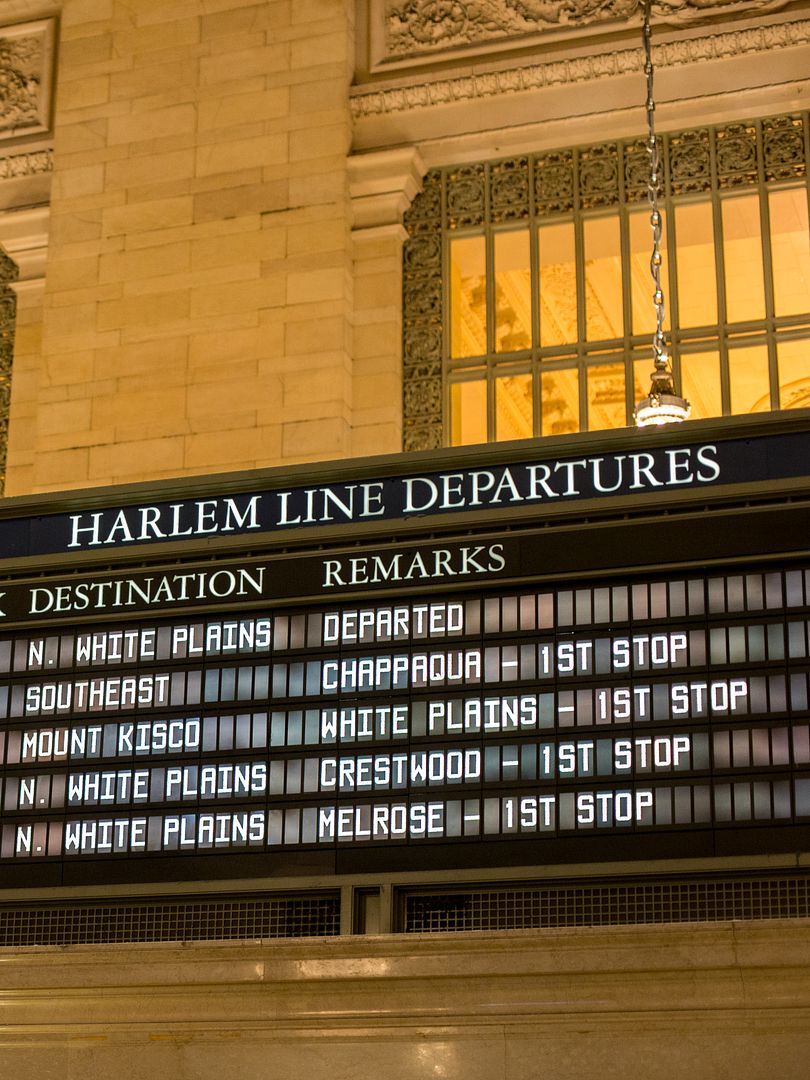
We hope you’ve found this post helpful. Are you a resident New Yorker or have traveled the city a lot? Any additional tips to share?
We’d love to hear from you! Let us know in the comments below.

